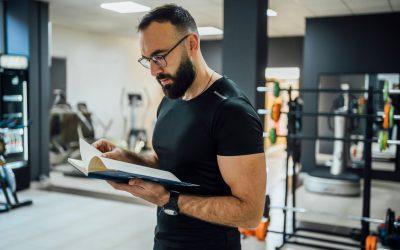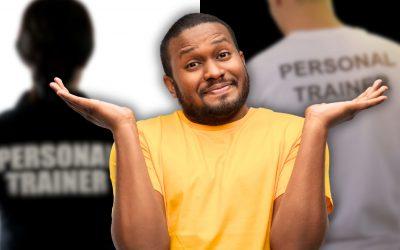Karen asks, “When do you need to start buying accessories like knees sleeves and lifting belts?”
TRANSCRIPTION FROM THE ROMCAST PODCAST:
The short answer to this is you never NEED to. You never NEED to start buying these accessories. But, they can be really useful, for a couple of different reasons. Firstly, physically. There are some physical benefits to having these tools, which I’ll talk about in a moment. But also mentally. If you’re really driven by the need to improve, and progress, and get better, which most of us are, these can be a really good way to make sure you’re continuing that path.
So, if you feel like your squat isn’t improving as you would like, you can put a lifting belt on and instantly that squat improves. Now, of course it hasn’t automatically made you stronger. However, from a psychological perspective, from a mental point of view, if may just be the push you need to say yep, I’m back on the train of improvement.
So, if you can use these tools to help you physically, they help you mentally, and it can assist with your adherence to the programme. And in the end, being consistent and adhering to a programme is the absolute key indicator of whether you’re going to improve your long term health and fitness.
A lot of people feel like they don’t want to use these tools, because it’s in some way cheating. And the example I give is imagine you’re going down to the pool for a swim. You’re going to wear your goggles. And you wear googles because it improves the comfort, and it improves your ability to perform that sport, to perform that skills. And things like knee sleeves, and lifting belts, and lifting shoes, and grips on your hands, they’re exactly the same. They’re going to improve your enjoyment of the sport, of the exercise programme. They’re going to look after your body.
So, let’s talk about what these things do, what the knee sleeves do. Well, they improve what’s called proprioception, which is your brain’s knowledge of where your body is in space, of how it’s moving. And by compressing a joint, you get these little receptors on the skin which tell you where that position is. So, they’ll help you to improve your awareness of how deep you’re squatting, and they’ll also help to reduce injuries, because you’re more able to make any little changes if you go out of position.
How about lifting belts? Well, a lifting belt is a really great cue that when you tighten it up and you’re about to do heavy lift you press against that lifting belt, it increases your intra-abdominal pressure, the amount of pressure in your abdomen, in your torso, which can then make you lift stronger.
Now, all of the recent research and evidence on this is telling us that this is not a crutch, and when you take it away, you still get those increased activation patterns. So, absolutely something that you can and should be employing.
So, to summarise here, absolutely use these tools if it is going to make you safer, if it’s going to make you stronger, if it’s going to increase your enjoyment of the exercise. Remember, this is not just about the physical, it’s about the mental too. And a final point here, having the shoes, having the wraps, having the grips, having the belt, having the sleeves. These are things that can make you feel like you’re part of the clan, like you’re part of the tribe. It’s almost like a uniform. And wearing a uniform, whether it be a school uniform or a sporting uniform, can really bring groups of people together.
And this is super important, because again we’re looking for long term adherence here. So, if you having that uniform makes you feel like part of the tribe, then absolutely it’s great to do. Even if it makes zero change to your performance physically, if it’s going to make you stick with the exercise, absolutely go for it. But you don’t need any of these things.




